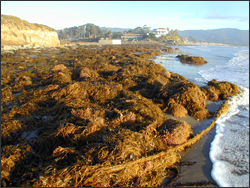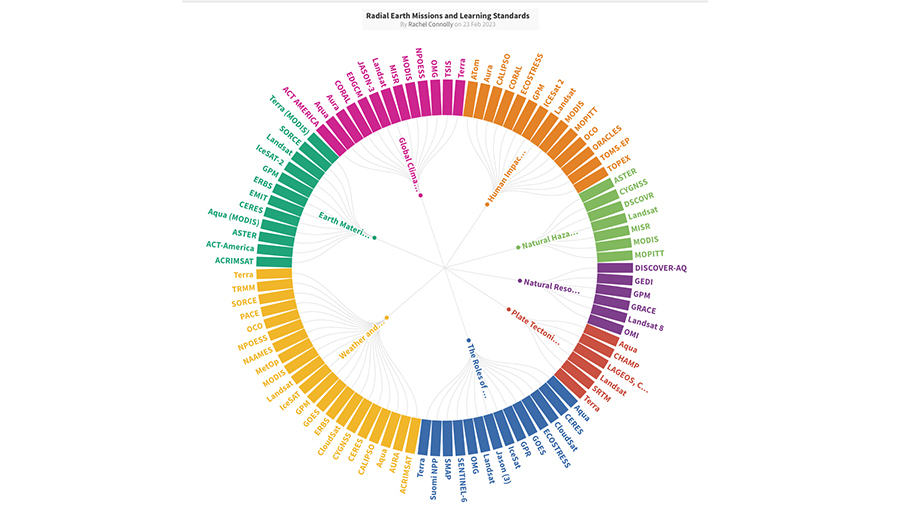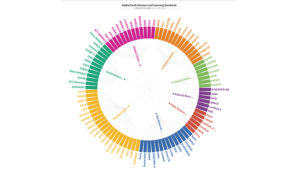
Have you ever walked along a California coast and wondered about all of the kelp washed-up on shore? In winter when storms are more frequent, giant kelp is regularly washed ashore. University of California, Santa Barbara researcher David Reed and colleagues recently found that it is the wave action from these winter storms that is the most destructive force for the giant kelp forests—more so than temperature, nutrients, and kelp-eating sea urchins. Using free Landsat 5 data, Reed and his team discovered that the amount of kelp lost in central California was double that lost in southern California. They have postulated that the heavier wave action along California’s central can be the only reason for this difference.
Reference:
Reed, D.C., A.Rassweiler, M.H.Carr, K.C.Cavanaugh, D.P.Malone, and D.A.Siegel (2011). Wave disturbance overwhelms top-down and bottom-up control of primary production in California kelp forests. Ecology, November, Vol. 92, No. 11: 2108-2116
(doi: 10.1890/11-0377.1)
Waves mightier than sun, otter or urchin: storm disturbance shapes California kelp forests, by Liza Lester for Ecotone. [external link]

Undamming the Klamath
Between October 2023 and October 2024, the four dams of the Klamath Hydroelectric Project were taken down, opening more than 400 miles of salmon habitat.





